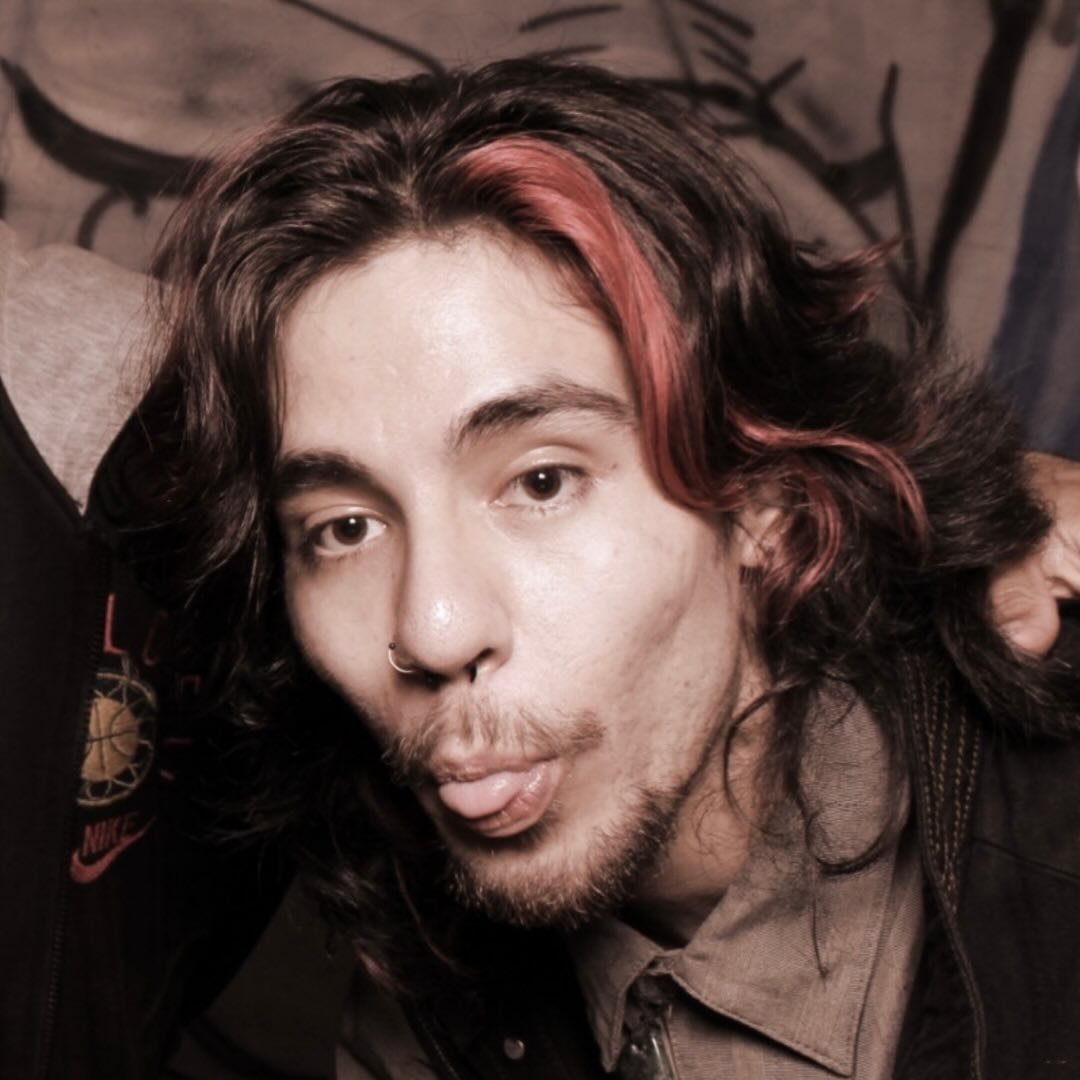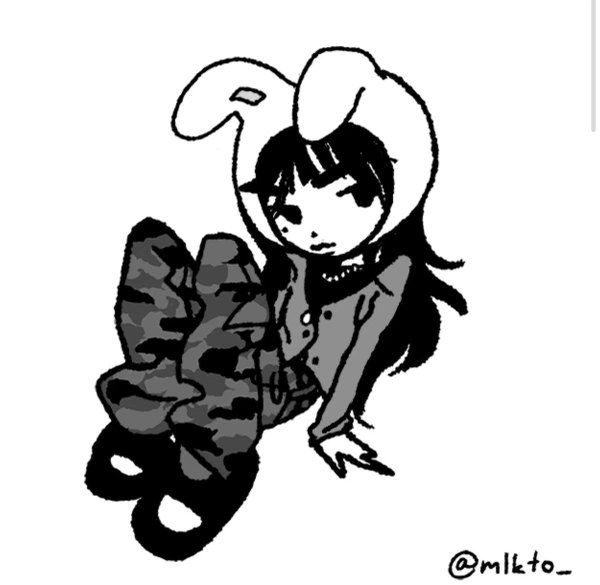
I grew up on the Oaxaca coast in a small town called Puerto Escondido. I was back & forth between there & Oaxaca City, where I ended up staying & learning about print making. There was a studio named after Rufino Tamayo where different art classes were offered. I took one on lithography, where I was able to work on my drawing skills not just by myself, but with others, and while working on projects with others. I was able to learn the process of printmaking and maintaining a studio; all the steps were really complex from start to finish. I guess that’s why I liked it so much.
I moved to Riverside when I first came to the US. I was mostly drawing & painting when I got here, but those are more isolating art forms because you mostly work in a studio by yourself. With print making, I can tap into more opportunities like education, or demonstrating in institutions. And I’m able to meet the community, which is important to me. Most of my work right now is relief printing with wood and linocut; I started doing more of that when I moved to California. The DIY scene in the IE was a good way for me to wonder more, and be more perceptive about things. The culture’s about believing in what you’re doing, just art for the sake of art. Treating it like something you have to do, without expecting to be in an institution or gallery.
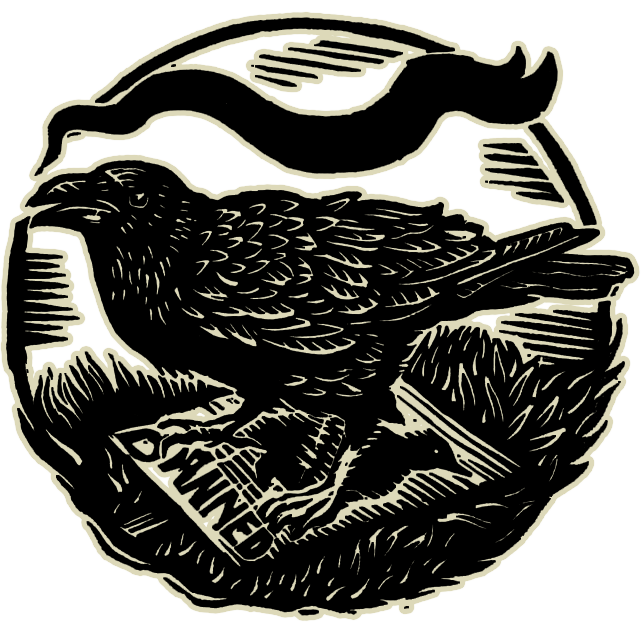
You pursue your passions because they matter to you, believing in them, rather than seeking validation from other people to choose you.
The IE community has their own thing going on, they aren’t trying to be the next LA or OC. They talk about social justice & work with whatever they have & commit to projects hard. It’s really inspiring to be around.
In Oaxaca, spending time in studios is pretty chill – like, we have a sofa set up in here [gesturing around the studio]. But in LA it’s a non-stop hustle culture. I always feel like I have to be doing more than other artists.
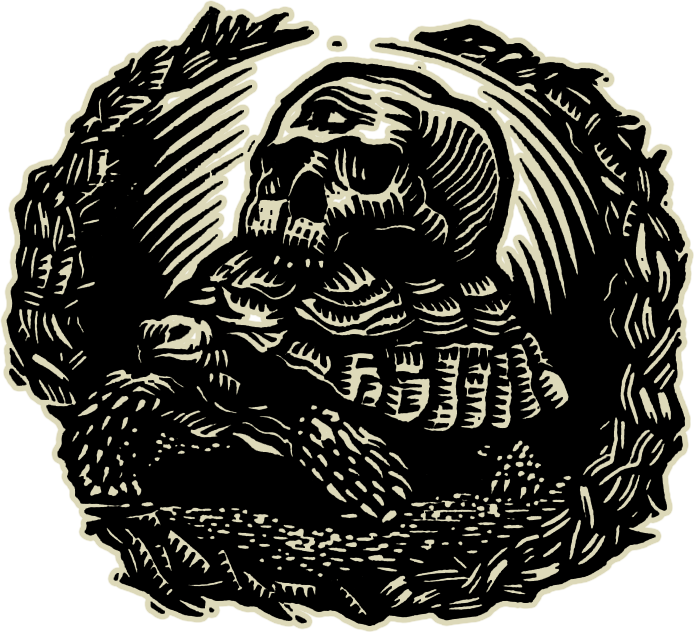
My work is in black and white, and I think the imagery can relate a little more in Mexico. Even in countries other than Mexico, black and white is not a big deal. But here, specifically in Los Angeles, a lot of people like color. To me, it’s always been eh… It can be cool, but it’s almost become an abuse of color. Use too much color and it can lose its meaning.
Which can be inspiring, to feel like you need to live more life to find new inspiration, to better reflect your environment… But one thing I’m finding out more in art and illustration is that sometimes, you don’t have to be pushed by others. You don’t need to do things out of fear of being liked. That’s a stressful thing to live, and you could use that effort to better your craft if you just listened to yourself.
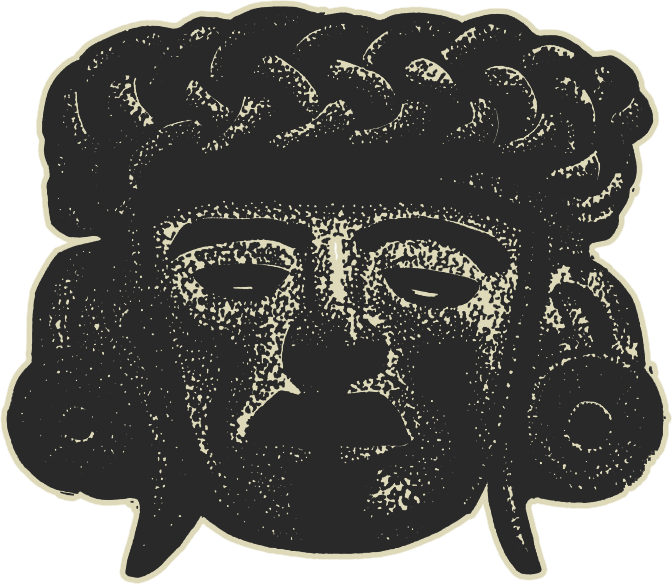
When I was doing the ‘All Walls Must Fall’ piece, I was involved in a project in Arizona with Chicano Studies students from the University of Arizona, under the guidance of Professor Maurice Magaña. Our focus was on addressing issues about border walls.
There was a story about this jaguar called El Jefe, and how these man-made walls between the US and Mexico have affected the wild life and ecosystem. The researchers didn’t know how this was going to affect the jaguar, if it was gonna repopulate or not.
As far as we knew, they only found male jaguars on this side of the border. Based on that, we were talking about creating this long jaguar frame with students. None of them were art majors, but I believe that the stories we go through shape each of us in a different way; we all carry unique data. So we planned on including their experiences into the jaguar’s fur.
We decided on that image for the university project, but there was going to be another event at Snakebite Cultural Place in Tucson, to screen-print live with the community. I didn’t want to do another jaguar, that would have been too easy… But there was this picture circulating of a bear climbing up the border wall. I thought that was really powerful, so I sketched a young person coming out with the ecosystem, a bear and jaguar, to sort of speak on the vision of the wall coming down. We printed using cochinillas, a bug that grows on nopales. It was really meaningful to me because it spoke on how different species from different ecosystems could come together for one goal.

I always like to work around characters that represent ambiguity; the one I made for Snakebite represented youth more than anything. It’s also inspired by my daughter, she was born here, which is the reason why I came and stayed here. I believe the best way to question power structures is through youth – I still have take on side projects as an independent educator, because changing the cycle starts with them.
But that’s why the face is wrapped in the piece. It also reminds me of participating in demonstrations back in Mexico – my mom used to be part of the teacher’s union and they were always striking. They were radicals. I feel like that imagery runs through the work that I do and topics I choose.
Sometimes I feel like it’s good to create an echo with the work that you do. I could be fine doing simple workshops – 5×7 plate, cut a face… I could get away with that. But that’s not the point, it’s about creating things that could move somebody else and spark a conversation.
When I was doing that project for the students, none of them had ever participated in a project like that, so I felt like they were gonna be more receptive, have more questions, and feel more lost about stuff, which is really cool, to feel lost in questions, and to overcome that… That’s why we did this big jaguar; it would challenge them and myself. I wanted to see people do a lot more than what they expected themselves to do or even think about, and see them reach that level, even if they’re not artists.
Coming from Oaxaca, Mexico, everything is handmade. I remember at a younger age when I used to go and see these vessels hand-carved in mercados – I liked how all the animals and imagery appeared there because it was the imagery around the community, and seeing those in the dresses. My mom likes to wear them, so it was fascinating to me how intricate it was to use hands to make images and the time it takes.
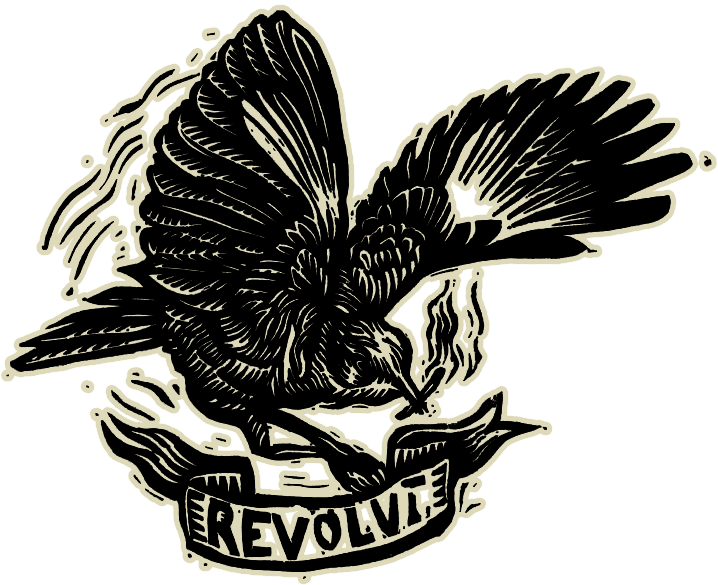
I can go and make art, tell people I’m from Oaxaca… I’m a Mexican, Latino, Latinx artist. But I’m not that, I’m a person. I live in this time, and I get affected by all these subjects I create around.
There’s this video where a coyote gets to a freeway overpass, and it’s with a badger. And they cross under together – one predator, one prey. The natural world is where I like to find inspiration for life. There’s that image of two different worlds merging into one again, because both were affected by man-made borders. I use the term ‘man-made,’ but the concept stays in people’s minds, which I think is the worst. Those walls can just be torn down physically. There’s always imagination to go around them.
